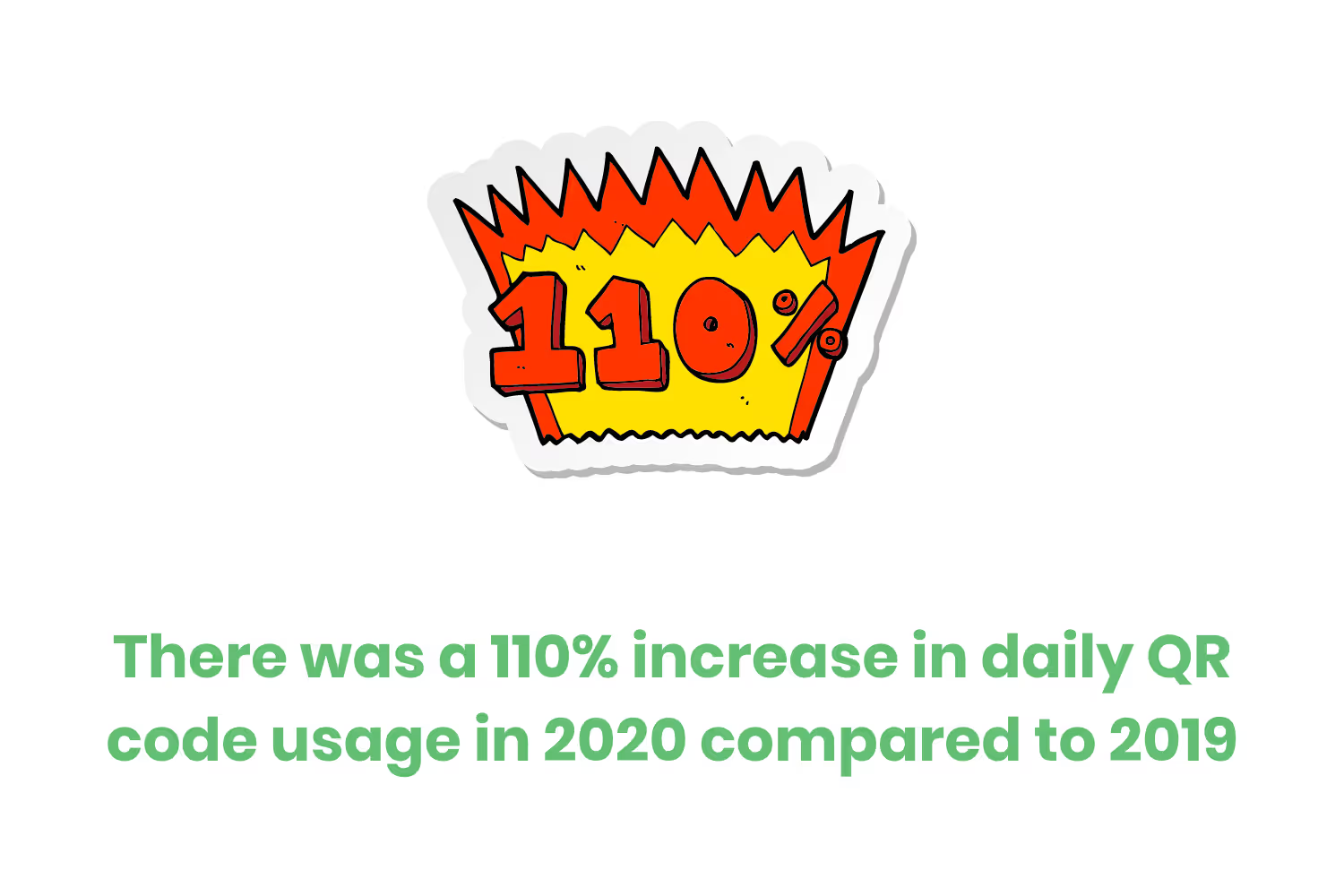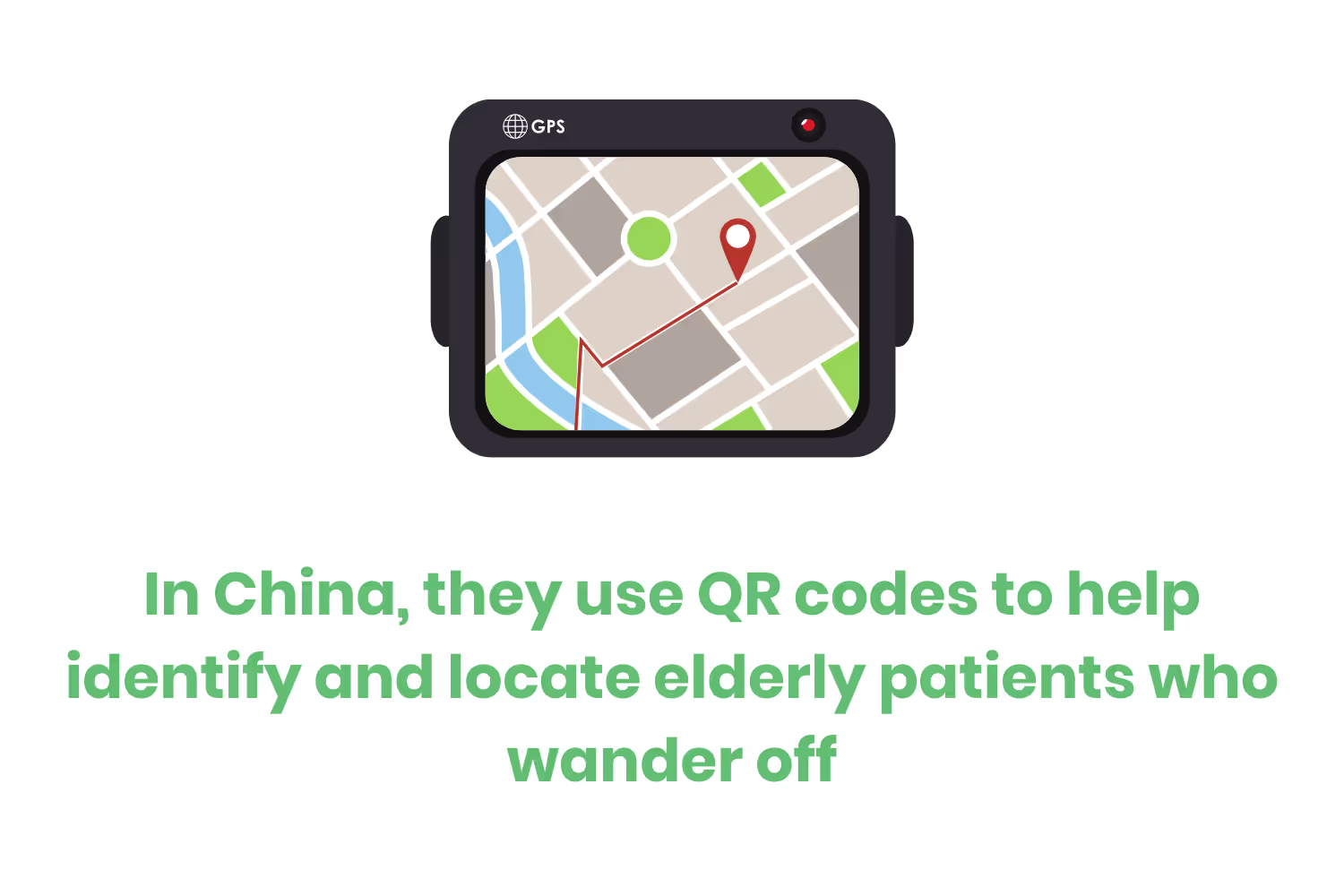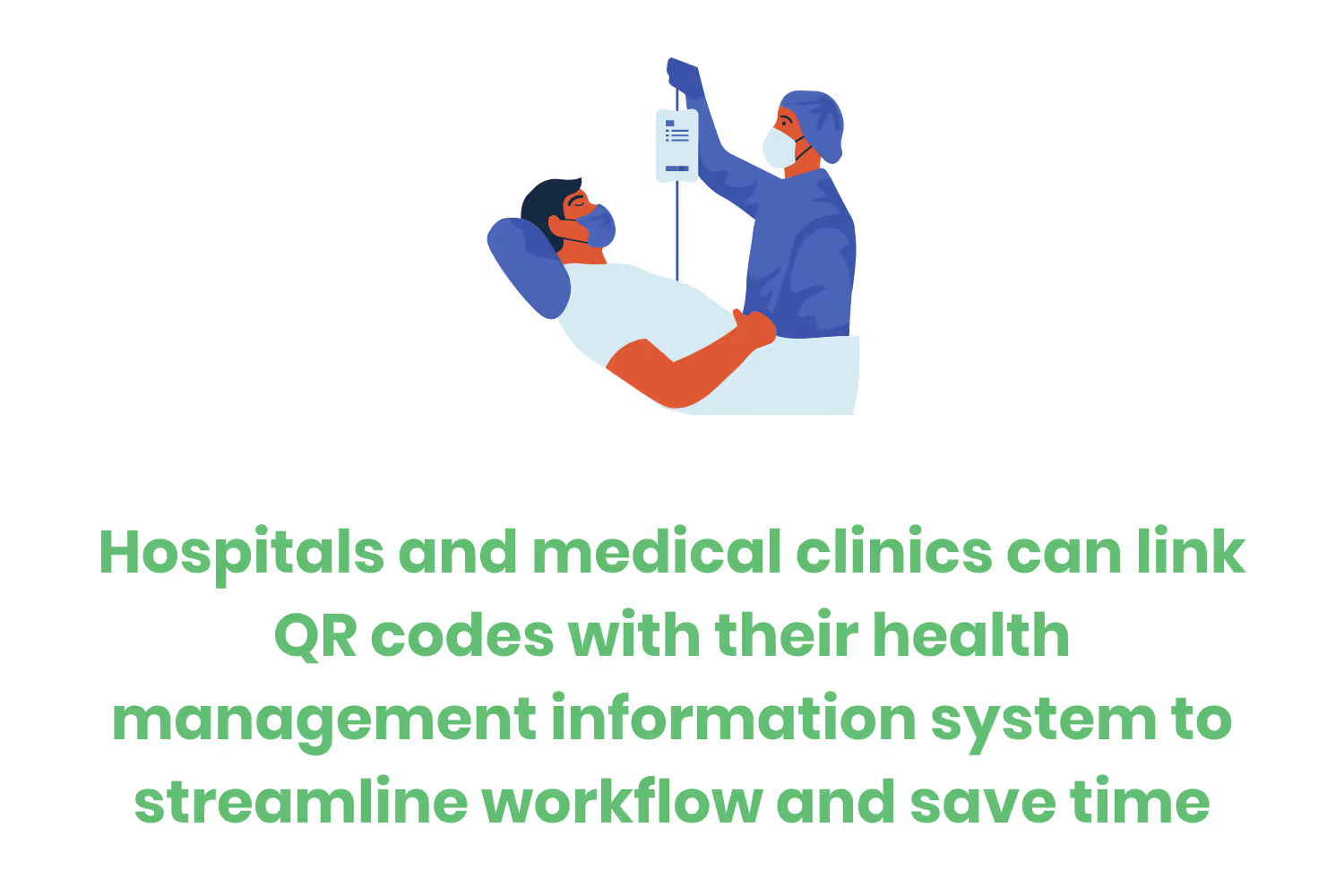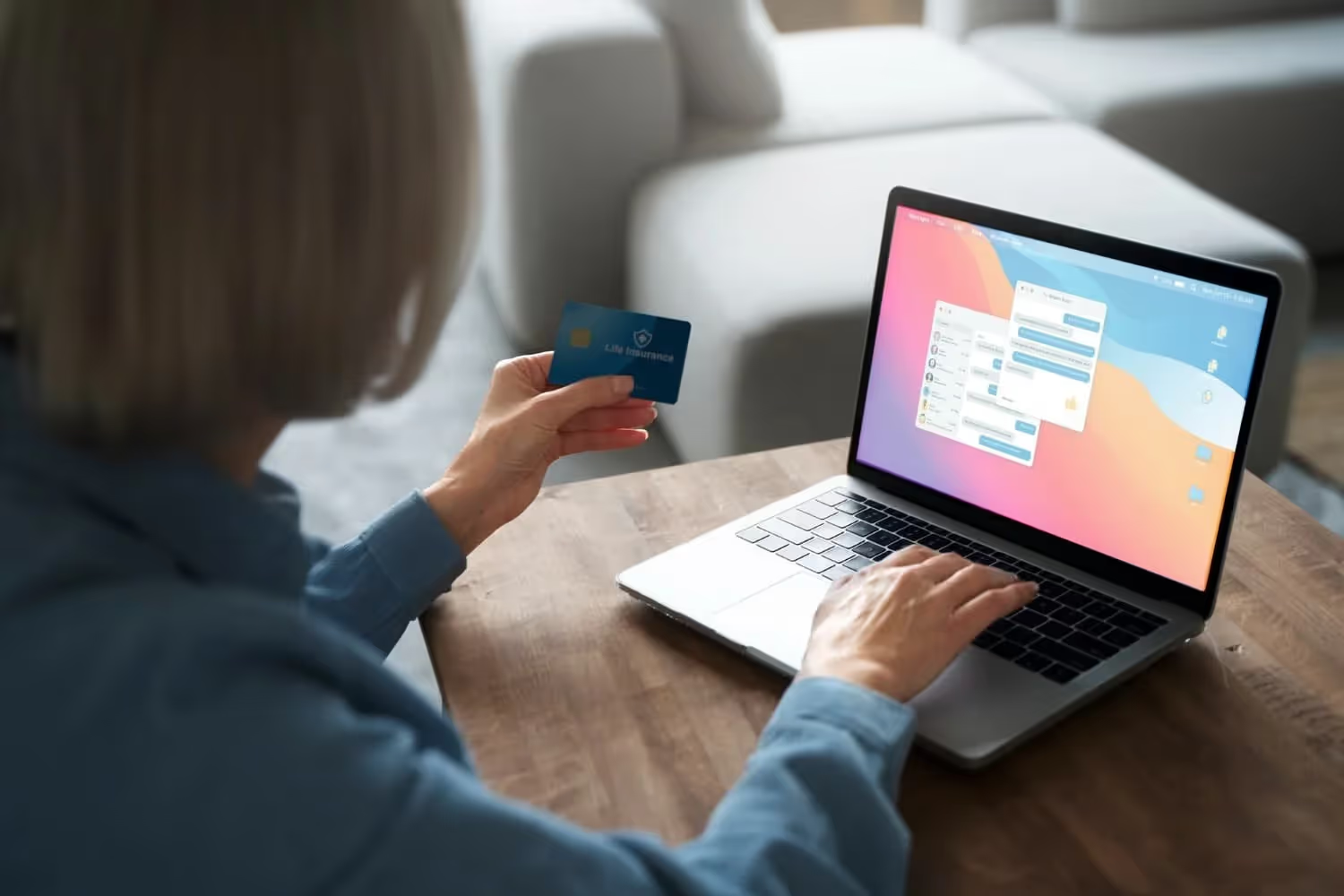The Massive List of Use Cases for QR Codes in Healthcare
Since QR codes are so popular, it behooves many organizations to incorporate this trend into their experience. Healthcare is at the top of that list.

They’re everywhere; on our receipts, on windows, on brochures, but just what are these black and white squares with all of the little dots inside?
Of course, what I’m referring to is a QR code. Although that question might’ve seemed fairly obvious if I were to ask you a couple of years ago you would’ve had a harder time answering it.
I bet you didn’t know that QR stands for Quick Response, though.
While they may all look alike, that is far from accurate. Each one has a distinct and unique pattern within that outer square that will make your eyes cross if you stare at it too long (take my word for it).

So what’s the deal with QR codes and why do we see them everywhere? Before the pandemic, many experts viewed them as a fading technology.
To be more specific, there was a 110% increase in daily QR code usage in 2020 compared to 2019.
In other words, everything contactless grew exponentially in usage during and after the pandemic.
Since they’re so popular, it behooves many organizations to incorporate this trend into their experience. Healthcare is at the top of that list.
How QR Codes Work
When a QR code gets scanned by your smartphone’s camera, it reads the encrypted alpha, numeric, binary, or code that controls the encryption within it.
What will the QR overlords think of next?
Well, they’ve already thought of two different kinds of these codes: static and dynamic.
Static QR codes can’t change once they’re created...hence the name static. This type is mainly used for email and text codes, which don’t gather any tracking metrics. Or, maybe they take you to a website or even to a menu at your favorite restaurant.
In other words, if your fave hometown restaurant changes their soup of the day, it isn’t going to update with their static code.
Once the code exists and has a destination point, that’s the only place it can send you to.
You can easily use a static QR code for personal use by downloading an app or using generator websites. Simply enter the website you would like the QR code to go to and voila there you have it.

You may use this for printing a brochure for your business, to make a link to your resume, or to send directions on an invitation. The uses for these static QR codes are great for personal use!
The second type of code is a Dynamic QR code.
The biggest difference between this and the Static code is - you guessed it - this one is dynamic! In other words, you can change what the Dynamic QR code goes to, even after it’s in production.
Another reason why you would opt for a Dynamic QR code is for its metric tracking capabilities. More specifically, they can provide metrics regarding location, time, and device used.

Why would you need those specific data points?
They’re imperative to marketers in fine-tuning their marketing campaigns.
How QR Codes Work in Healthcare
So now that we know all there is to know about QR Codes, let’s dive into how they can exist in healthcare.
The options are limitless and make things so much easier! Although that sounds cheesy, it’s an accurate statement.
Patient Verification
From my own experience, every time I donate blood at the Red Cross I fill out all of the questions on their app.
Once I have done that I am called back to check in and test my blood for low iron.
While doing that, I pull up my app and I now have a QR Code they can scan that verifies all of the questions and answers I just finished - talk about a time saver!
Prescription Refills
Have you had a prescription refilled lately?
Chances are that there’s a QR Code on the bottle with specific drug safety and administration information about that medication.
Codes can also get printed upon admission to the hospital with the patient demographics and allergies so the staff can easily scan them when they need to give medications or verify the information.
This can eliminate things like improper diagnosis, patient risks, medication errors, testing errors and boost medication compliance - all of which can carry serious consequences.
Elderly Care
In China, the fear of elderly people becoming disoriented and/or lost while outside turns many people into shut-ins.
These elderly individuals can now have a QR Code issued in the form of a badge they can wear as a necklace.
Anyone can scan these badges to help a confused wanderer find their way back home.

Patient Marketing
QR Codes are ideal for any marketing efforts, and healthcare marketing is no exception.
They can exist on brochures, emails, community displays, medical publications and journals.
While someone may not want to read through a brochure, they may want to scan a QR Code that would take them to a brief video regarding that brochure. This can help increase the organizations’ visibility, reputation, profit, and even boost appointments.
Hospitals and medical clinics can link QR codes with their health management information system. This streamlines workflows and saves a ton of time. They can exist on Medical records, lab results, or anywhere patients may need more information.

Patient Payment
What else can a patient do with QR Codes? Well, I’m glad you asked.
They can easily and seamlessly pay their bill(s).
With a printed code on their statement, invoice or bill, they can scan and pay quickly! Quick - light those revenue rockets. Who wouldn’t want to get paid quicker?!
Greener Alternative
With all of these ideas, let’s pause for just a minute to think about all those rainforests going paperless in healthcare saves!
You provide endless information from a QR Code. That information would have only existed on a physical piece of paper in a brochure format in the past. Therefore, the use of QR Codes can increase and help reduce the environmental impact.
Not only will this increase sustainability, but it can help cut down on printing and mailing costs and show the patients that your organization is trying to be “eco-friendly”. Win-win.
Conclusion
By the end of all of this, the benefits of implementing QR codes in healthcare should be crystal clear.
They’re helpful for patient engagement, information gathering, identification, prescriptions, marketing, payment and saving the planet.
With how many benefits they bring, it’s hard to believe that it took until recently before they took off in usage.
Emphasize your product's unique features or benefits to differentiate it from competitors
In nec dictum adipiscing pharetra enim etiam scelerisque dolor purus ipsum egestas cursus vulputate arcu egestas ut eu sed mollis consectetur mattis pharetra curabitur et maecenas in mattis fames consectetur ipsum quis risus mauris aliquam ornare nisl purus at ipsum nulla accumsan consectetur vestibulum suspendisse aliquam condimentum scelerisque lacinia pellentesque vestibulum condimentum turpis ligula pharetra dictum sapien facilisis sapien at sagittis et cursus congue.
- Pharetra curabitur et maecenas in mattis fames consectetur ipsum quis risus.
- Justo urna nisi auctor consequat consectetur dolor lectus blandit.
- Eget egestas volutpat lacinia vestibulum vitae mattis hendrerit.
- Ornare elit odio tellus orci bibendum dictum id sem congue enim amet diam.
Incorporate statistics or specific numbers to highlight the effectiveness or popularity of your offering
Convallis pellentesque ullamcorper sapien sed tristique fermentum proin amet quam tincidunt feugiat vitae neque quisque odio ut pellentesque ac mauris eget lectus. Pretium arcu turpis lacus sapien sit at eu sapien duis magna nunc nibh nam non ut nibh ultrices ultrices elementum egestas enim nisl sed cursus pellentesque sit dignissim enim euismod sit et convallis sed pelis viverra quam at nisl sit pharetra enim nisl nec vestibulum posuere in volutpat sed blandit neque risus.

Use time-sensitive language to encourage immediate action, such as "Limited Time Offer
Feugiat vitae neque quisque odio ut pellentesque ac mauris eget lectus. Pretium arcu turpis lacus sapien sit at eu sapien duis magna nunc nibh nam non ut nibh ultrices ultrices elementum egestas enim nisl sed cursus pellentesque sit dignissim enim euismod sit et convallis sed pelis viverra quam at nisl sit pharetra enim nisl nec vestibulum posuere in volutpat sed blandit neque risus.
- Pharetra curabitur et maecenas in mattis fames consectetur ipsum quis risus.
- Justo urna nisi auctor consequat consectetur dolor lectus blandit.
- Eget egestas volutpat lacinia vestibulum vitae mattis hendrerit.
- Ornare elit odio tellus orci bibendum dictum id sem congue enim amet diam.
Address customer pain points directly by showing how your product solves their problems
Feugiat vitae neque quisque odio ut pellentesque ac mauris eget lectus. Pretium arcu turpis lacus sapien sit at eu sapien duis magna nunc nibh nam non ut nibh ultrices ultrices elementum egestas enim nisl sed cursus pellentesque sit dignissim enim euismod sit et convallis sed pelis viverra quam at nisl sit pharetra enim nisl nec vestibulum posuere in volutpat sed blandit neque risus.
Vel etiam vel amet aenean eget in habitasse nunc duis tellus sem turpis risus aliquam ac volutpat tellus eu faucibus ullamcorper.
Tailor titles to your ideal customer segment using phrases like "Designed for Busy Professionals
Sed pretium id nibh id sit felis vitae volutpat volutpat adipiscing at sodales neque lectus mi phasellus commodo at elit suspendisse ornare faucibus lectus purus viverra in nec aliquet commodo et sed sed nisi tempor mi pellentesque arcu viverra pretium duis enim vulputate dignissim etiam ultrices vitae neque urna proin nibh diam turpis augue lacus.




